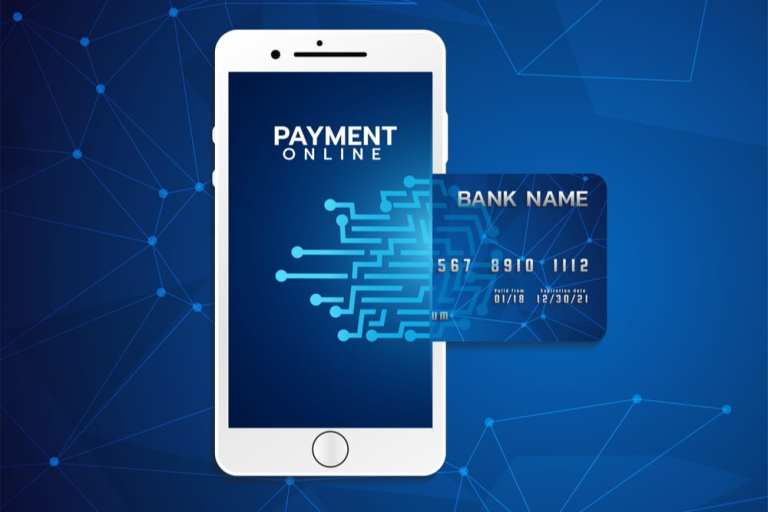
The corporate purchasing card (p-card) has been a tool in-use for years, allowing employees to make purchases on behalf of businesses without having to trudge through the often manual and inefficient process of a traditional procurement transaction — and without forcing employees to foot the bill.
But the payment tool isn’t without its drawbacks: While they allow employees to bypass the process of filling out purchase requests and purchase orders, funneling a transaction through the accounts payable department and reconciling it, p-cards require businesses to hold a certain level of trust with their staff to arm them with company cash. With the risk of fraud and overspending an ever-presence threat, many companies will revert to requiring their employees to make a purchase with personal funds and expense it for reimbursement.
It’s a strategy that Emburse Co-Founder Roger Gu says holds businesses back from being strategic about how they spend money.
“We always thought it made more sense to do things before money is spent, before an employee is on the hook,” he told PYMNTS in a recent interview. “Technology didn’t historically allow for that.”
Enter: the virtual card.
Elevating The P-Card
Technology today has elevated the traditional p-card tool into a payment solution that supports greater control and transparency to address the biggest roadblocks preventing businesses from making the switch from retroactive employee expense reports to arming professionals with company money.
Gu offered a few ways that technology enables elevated control: a manager can, in real-time, issue a virtual card to an employee to a particular merchant that won’t work with anyone else. They could set spending limits for food or travel, establish time frames for when that spend occurs, nix an employee’s access to a virtual card or combine spending limits across multiple v-cards.
But beyond controlling employee spend, virtual cards have evolved the concept of the p-card into a tool that can address the broader risks of employee fraud and overspend in accounts payable — risks that can come from vendors themselves.
“We just had a case where one of our marketing vendors changed their pricing on us,” Gu said of the way Emburse’s own virtual card technology has addressed this risk. “It increased about 60 percent and we weren’t aware — it’s a SaaS subscription.”
The rise of the Software-as-a-Service model has opened up the doors for service providers to bill customers on a recurring basis, leaving many businesses to “set it and forget it” — and raising the risk that those bills will increase without anyone in an organization noticing. Virtual cards, Gu said, allow businesses to automatically generate a single-use card for that SaaS subscription bill once a month for a particular amount. If that amount increases, the purchase won’t be authorized, immediately bringing the matter to the attention of admin.
Further, he added, a single-use virtual card means that even if a vendor suffers a data breach and credit card details are exposed, hackers wouldn’t be able to use that v-card information to make a purchase for anything other than for what it was intended.
“It provides peace of mind and the certainty of, ‘I know exactly the amount that will be spent,’” he said.
Tech Gaps Remain
For all of its benefits, virtual cards are no perfect, catch-all solution to corporates’ spending challenges.
There are broader issues, like a lack of virtual card acceptance at the point-of-sale that will force an employee to foot the bill. Other vendors, like hotels, may accept virtual cards but still require a business to email or fax that card information for verification purposes. Businesses may also still require workers to retain paper receipts to validate their purchases with finance teams and controllers.
And while virtual cards arm businesses with a trove of spend data to analyze, categorization of that data remains a challenge.
Gu offered the example of a professional going out to lunch and paying with a v-card.
“Even with all of the artificial intelligence we have today, how does a software tool know what the lunch was for?” he said. “Was it a client lunch, a lunch for team morale or a partner lunch?”
Each of these scenarios would be categorized in different way. Emburse’s solution to this conundrum is to process transactions itself to be able to identify transactions as they occur — as opposed to other solutions, Gu noted, that are not aware that a transaction occurred until a day or two later. This function allows for the Emburse platform to prompt an employee to categorize the spend on the spot: the technology may not know exactly what the lunch was for, but AI today is sophisticated enough to assume it was one of those three options.
The virtual card is not a silver bullet. But as technology continues to evolve, so will the virtual card’s ability to embrace automation, intelligent technology, and integration into other platforms across the enterprise.